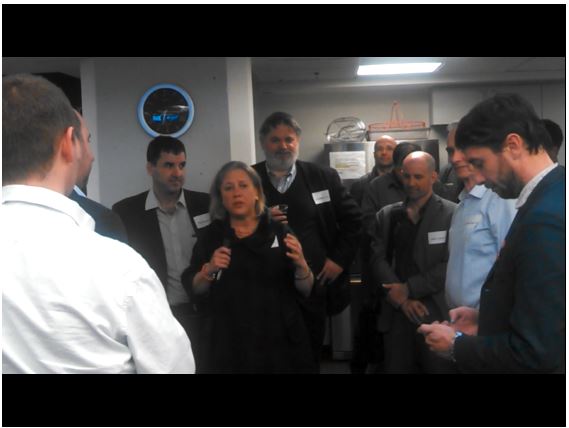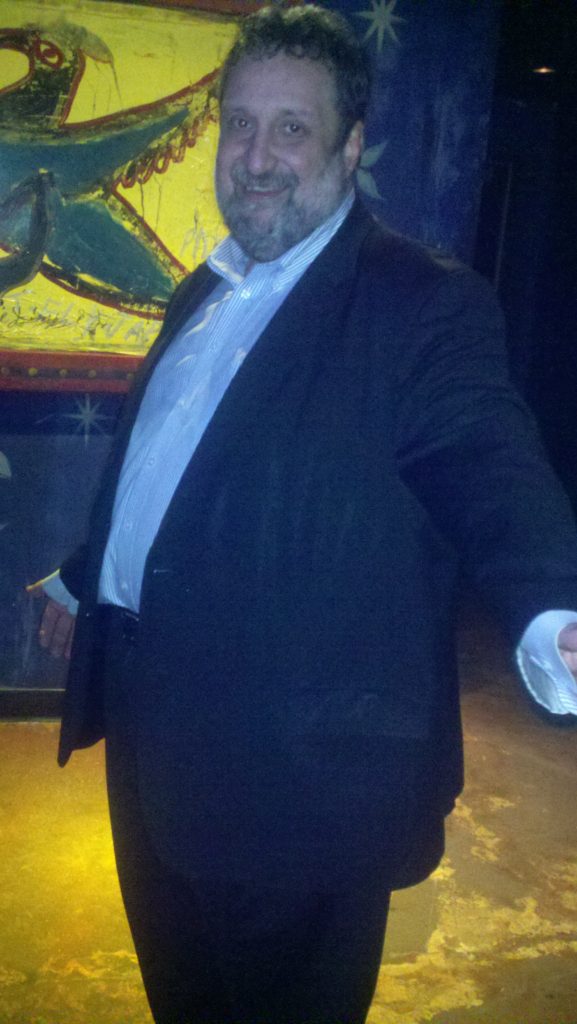Anita Harris reports that Boston area acupuncturists are offering free services to help minimize post-traumatic stress...
pr
Photo of US Senator Mary Landrieu at Venture Cafe, Cambridge Innovation Center, Cambridge, MA.
Writer consultant photographer Anita Harris posts photos of Fresh Pond and Fresh Pond Place, Cambridge, MA, ...
Latitude News seeks donations to produce weekly audio " Local Global Mashup Show" offering "the inside...
PR/social media consultant Anita Harris hopes Cambridge Innovation Center can maintain its warm, collaborative atmosphere...
Cambridge writer Anita Harris shares photos from gala benefit for Bill Lichtenstein's forthcoming film, "The American Revolution"--a...



